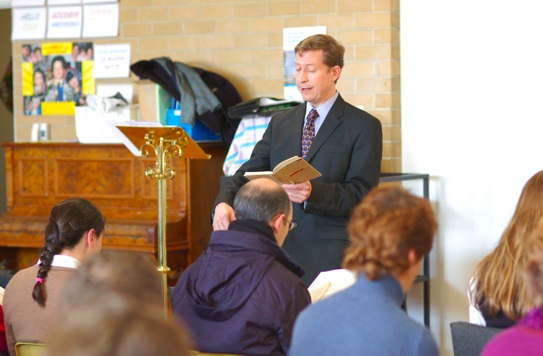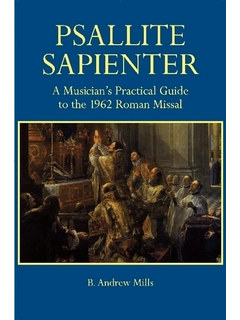CMAA chant director Scott Turkington is directing chant for Juventutem at World Youth Day. He is a first image:

CMAA chant director Scott Turkington is directing chant for Juventutem at World Youth Day. He is a first image:

See Roseann Sullivan’s Image Archive of Colloquium XVIII
Here is Ave Maria by Anton Bruckner, sung as the recessional to the final Mass of the Sacred Music Colloquium XVIII, with 240 singers conducted by Horst Buchholz, sung at Madonna della Strada Chapel, Loyola University, June 22, 2008, recorded by Corpus Christi Watershed.
Attention Colloquium composers! The New Music Reading is scheduled for Saturday, June 21st, at 2:45 in Mundelein Auditorium. Please plan to bring your scores of Mass settings, motets, and other choral music suitable for the Roman rite.
Composers should plan to bring 100 copies of each score; there will be many more singers than that in attendance, but photocopying is expensive, and we’ll share two to a score. Because of the number of composers participating, please limit yourself to two scores (two motets, or two Mass movements), or one longer work. Time is limited, and every composer will be heard, but depending on how many scores we receive, we can’t guarantee that both works will be read.
Please note that there is photocopying available at the Loyola campus, but it’s at the rate of fifteen cents a page. Composers are strongly urged to copy their scores before arriving for the Colloquium!
Should you have any questions, or need further information, please contact David Hughes at music [at] stmarynorwalk [dot] net.
 Psallite Sapienter: A Musician’s Guide to the 1962 Missal, by B. Andrew Mills, addresses a critical need in today’s Catholic Church. In one volume, the author provides a comprehensive, authoritative, and easy-to-understand guide to providing music for the Extraordinary Form of the Roman Rite.
Psallite Sapienter: A Musician’s Guide to the 1962 Missal, by B. Andrew Mills, addresses a critical need in today’s Catholic Church. In one volume, the author provides a comprehensive, authoritative, and easy-to-understand guide to providing music for the Extraordinary Form of the Roman Rite.
It covers the types of sung Masses and and what is required of the organist and choir, and the expectations and needs of the full liturgical year, plus weddings, funerals, and Benediction.
It combines a simple explanation of the rubrics with the author’s own extensive experience with the 1962 Missal, which is particularly useful since the author understands the ordinary form as well and the differences. This one book does the work of a full library on the topic of the extraordinary form, telling musicians just what they need to know. There is nothing else like it.
The author is the organist and choirmaster at the Church of St. Agnes in New York, New York.